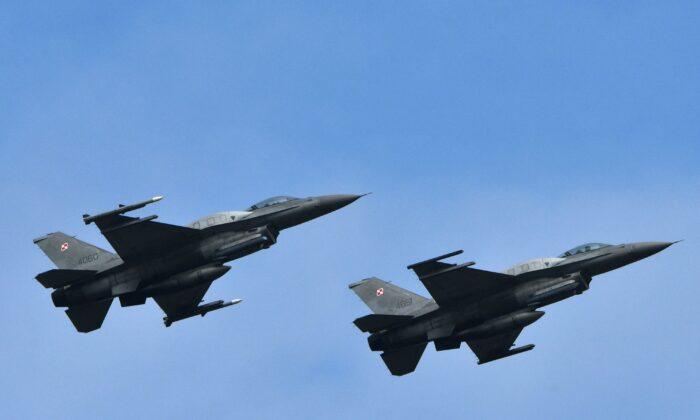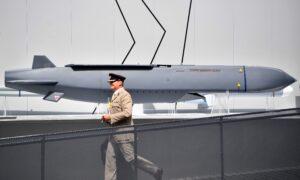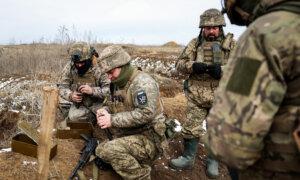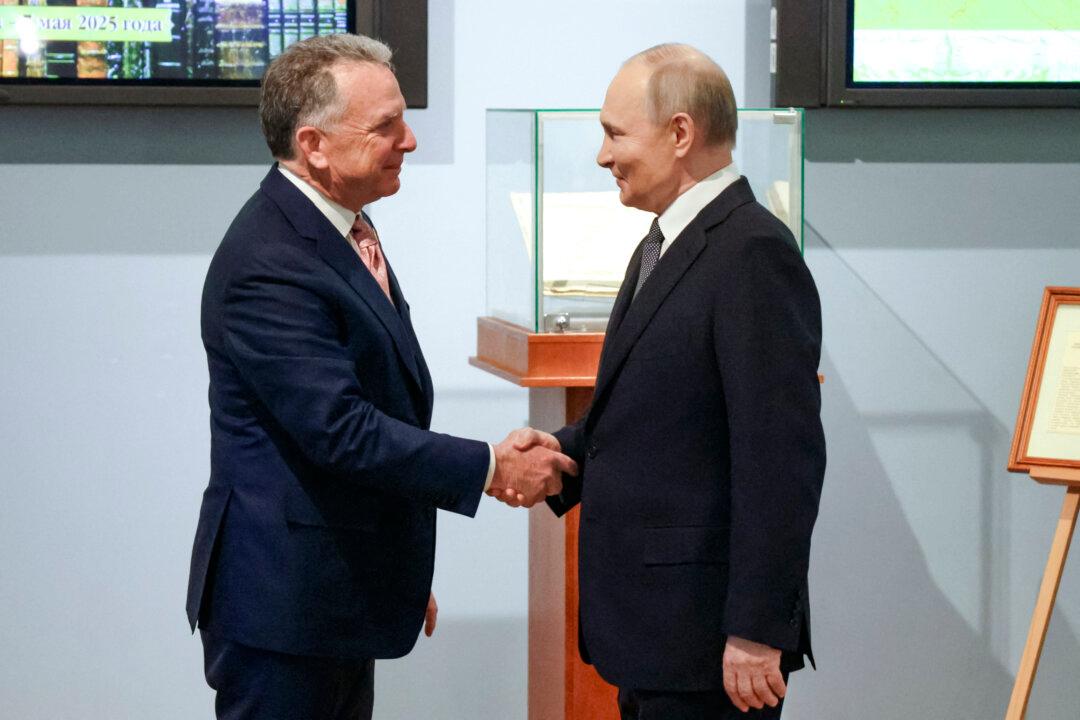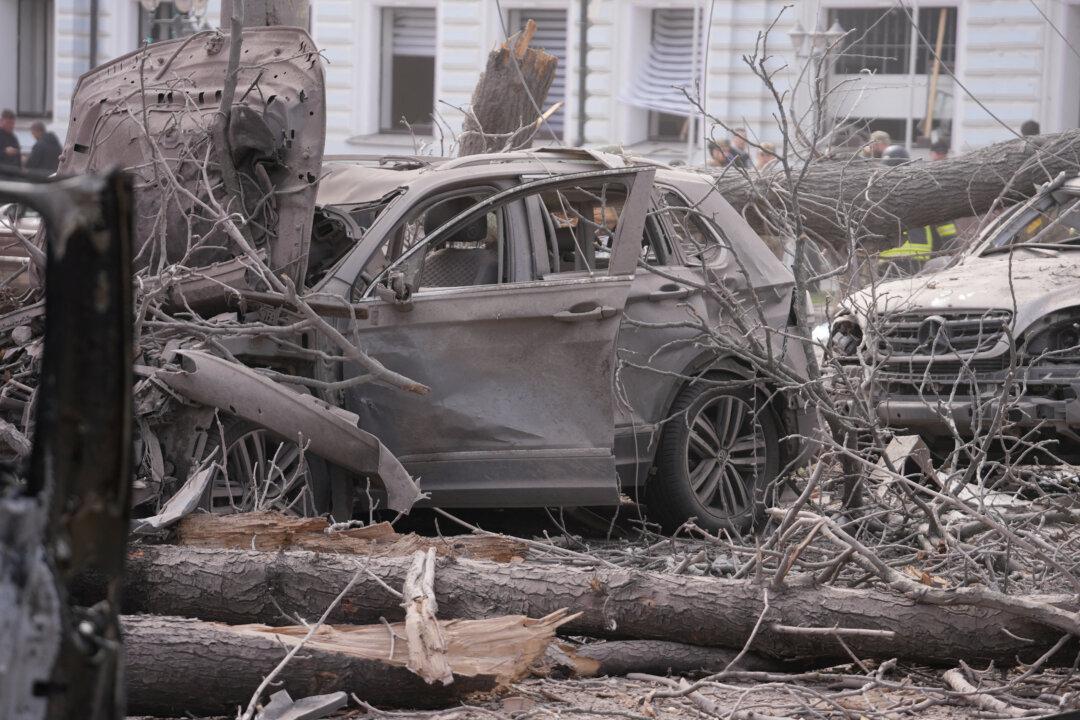NATO member Poland reportedly scrambled fighter jets in response to what it described as “intensive long-range [Russian] aviation activity” in the skies over neighboring Ukraine.
“Polish and allied aircraft have been activated in Polish airspace ... especially in the country’s southeast,” the Operational Command of Poland’s armed forces said in a statement on social media.
It asserted that “intensive long-range aviation activity by the Russian Federation” had been detected near Poland’s border with Ukraine since March 29.
“All necessary measures to ensure the safety of Polish airspace have been enacted,” the Polish military stated.
Moscow has yet to officially comment on the reports.
In recent days, Russia has reportedly carried out numerous drone and missile attacks on energy infrastructure throughout Ukraine, which shares a 330-mile-long border with Poland.
On March 29, Ukraine’s power grid operator Ukrenergo said missiles and drones in central and western parts of the country had struck several facilities.
“Overnight, the Russians again struck at energy facilities in a massive and combined attack,” the company said in a social media post.
As a result of the strikes, it claimed, “several thermal and hydroelectric power plants in the central and western regions were damaged.”
According to Herman Galushchenko, Ukraine’s energy minister, facilities in the Dnipropetrovsk, Poltava, and Cherkasy regions have all recently been attacked.
“Electricity generation facilities were targeted by both drones and missiles,” he said on social media.
Ukrainian Prime Minister Denys Shmyhal also claimed that energy facilities in six regions throughout the country had been subject to strikes of varying size and intensity.
Russian missiles and drones have also reportedly hit targets in the western Lviv region, northeastern Kharkiv, and the Ukrainian capital, Kyiv.
Moscow has largely refrained from commenting on the strikes, which The Epoch Times could not independently verify.
Russia’s defense ministry typically denies that it targets civilians, claiming to use “precision munitions” against exclusively military targets.
In a related development, NATO member Romania claimed to have found drone fragments by the Danube River near its shared border with Ukraine.
“In the evening of March 28, fragments that appear to have come from an aerial device were identified on Insula Mare a Brailei,” Romania’s defense ministry said.
Located in the country’s southeast, Insula Mare a Brailei (or Great Braila Island) sits roughly 60 miles southwest of Romania’s border with Ukraine.
According to the defense ministry, Romanian authorities are investigating the incident to determine the downed drone’s origins.
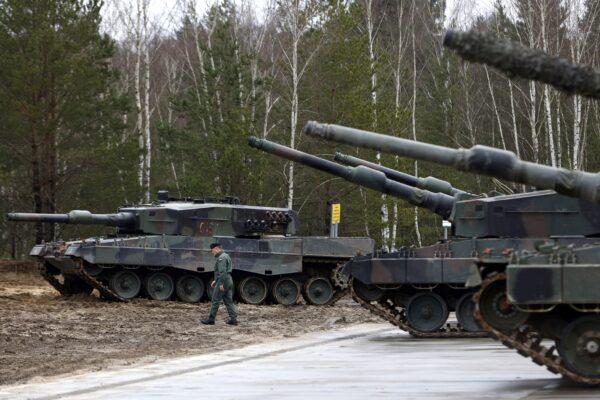
Border Tensions
Stepped-up Russian strikes on Ukrainian targets have been accompanied by steadily mounting tensions along the Ukraine–Poland border.On March 24, Poland claimed that a Russian cruise missile had briefly violated its airspace near the Polish border village of Oserdow.
Allegedly fired by a Russian military aircraft operating over Ukraine, the missile remained in Polish airspace for less than a minute, according to Polish officials.
A Polish army spokesman claimed at the time that the missile had penetrated roughly 1.2 miles into Polish airspace before returning to Ukraine.
He did not, however, provide any evidence to support the assertion.
The next day, Sergey Andreyev, Russia’s ambassador to Poland, ignored a summons from Warsaw to explain the alleged airspace breach.
“I understood from my Polish colleagues that no evidence [of the alleged breach] would be provided, so I ... declined the invitation,” he told Russia’s TASS news agency on March 25.
Mr. Andreyev recalled a similar incident late in 2023 when Poland claimed that an “unidentified aerial object” had entered its airspace from Ukrainian territory.
At the time, Polish military officials suggested that the object was a Russian missile, leading Polish President Andrzej Duda to hold an emergency meeting with the country’s top leaders.
Subsequent investigations, however, failed to yield any evidence that the alleged “aerial object” had been of Russian origin.
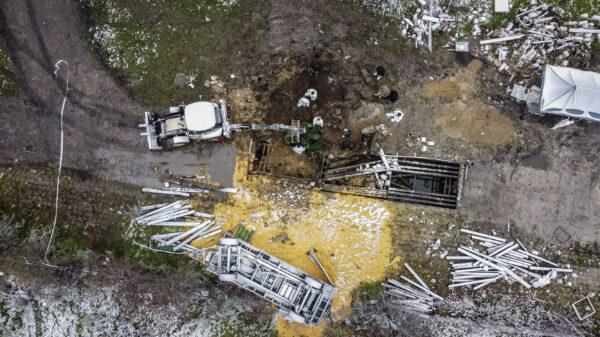
Warsaw Redoubles Support
In late 2022, a missile of unknown origin landed in Polish territory, killing two people and briefly sparking fears of an imminent clash between Russia and NATO.At the time, The Associated Press quoted an unnamed U.S. intelligence official who erroneously claimed that the missile had been fired by Russia.
According to NATO’s founding charter, the Western alliance must come to the aid of its members if they come under external attack.
It was soon determined, however, that the rogue missile had been accidentally fired into Poland by Ukrainian forces.
Since Russia invaded eastern Ukraine in early 2022, Poland has remained among Kyiv’s staunchest supporters.
On March 27, Warsaw announced that it would double its current contribution to a Czech-led plan for supplying Ukraine with desperately needed artillery rounds.
“We have already declared a significant amount, and in the last 48 hours ... it has been decided that this [amount] will be doubled,” Polish Foreign Minister Radoslaw Sikorski told reporters.
In March, Czech President Petr Pavel unveiled a plan to provide Ukraine with 800,000 artillery rounds to help stave off Russia’s invasion, which has recently made several notable gains.
In recent remarks, both Mr. Sikorski and Mr. Pavel have raised eyebrows by voicing support for French proposals to send European troops to Ukraine.
